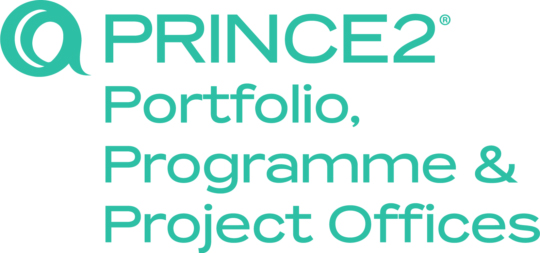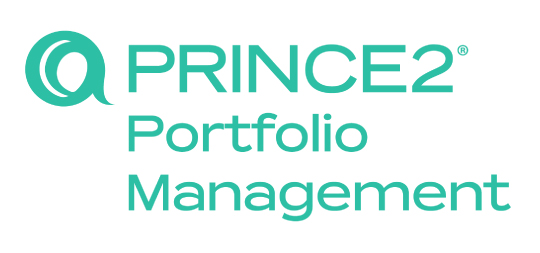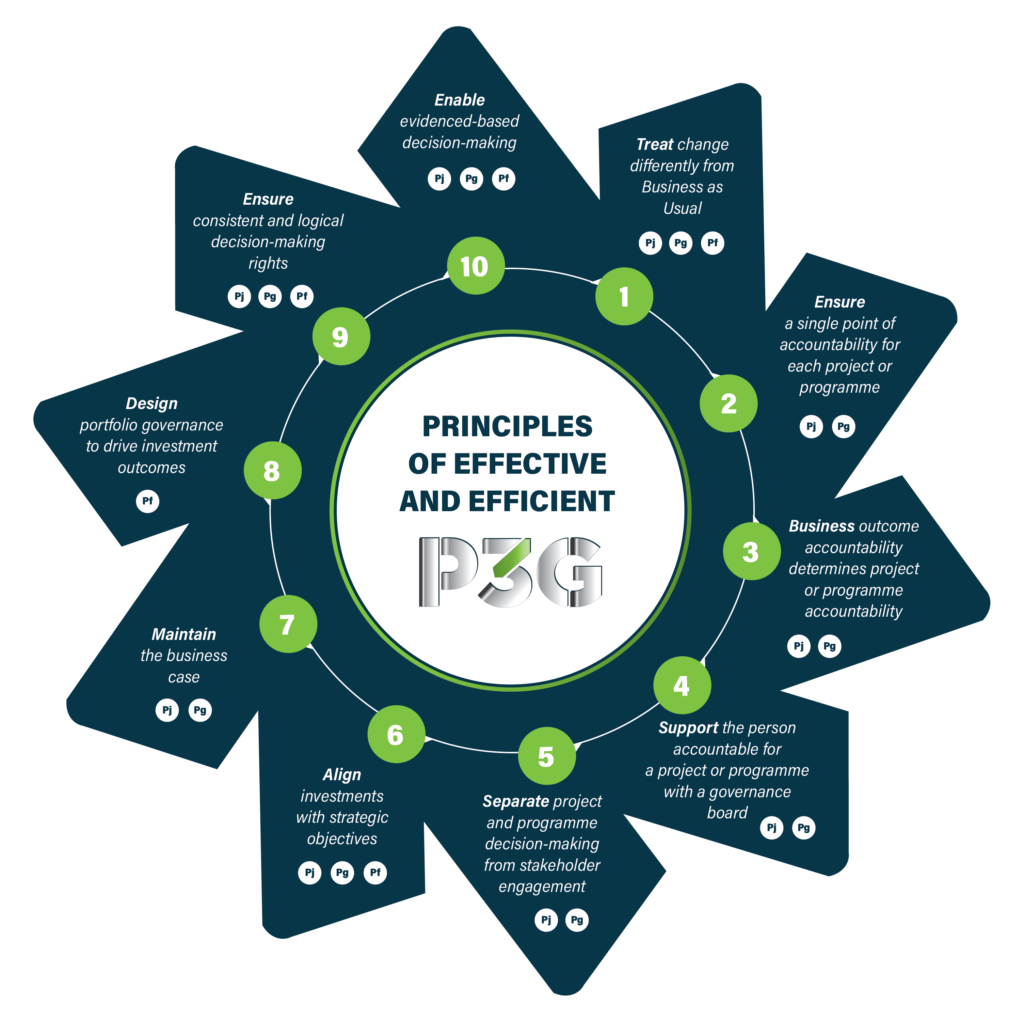It’s a common problem – what to call a PMO?
We may call our PMO a ‘PMO’ when speaking to someone outside of our organisation, yet internally it’s called something entirely different. The name is often chosen to reflect what the organisation does, or how it delivers projects or even where it may ‘sit’ in the organisation structure. It could be an ePMO (Enterprise PMO), Project Support Office or PPPMO (Project, Programme and Portfolio Management Office). The list and the variation are literally endless.
But what’s in a name? Isn’t it the service it provides or the function it serves that is really of importance here? At the moment in the marketplace there are four main models in the PMO family:
- Project Office – that supports a single large project or a group of unrelated projects
- Programme Office – that supports one or more programmes
- Portfolio Office – that supports an organisation’s entire raft of delivery activity and provides a link between strategy and delivery
- Centre of Excellence – concerns itself with good practice – the creation and maintenance of methods, processes and tools.
Some organisations might have all four, some a combination or just one. The PMO model is chosen to best fit the requirement each individual organisation needs. This brings me to three different interpretations of PMOs that I’ve come across in just the past month. All three of these PMOs have elements of the four models described and each example below shows just how bendy and flexible PMOs are when it comes to meeting individual business requirements.
The Consortium PMO
The Consortium PMO is a PMO structure set up to support a long-term public-funded programme which will take almost 30 years to deliver (submarine decommissioning).
The Consortium PMO consists of six organisations that are all working together, delivering against the contract, to meet the collective success criteria. In this type of PMO, there is a mix of ‘standard’ PMO services (reporting, communications, finance etc) with more specialised areas such as environmental, health and safety and quality. The remit for this PMO is to provide a focus for an integrated service that lasts decades.
The PMO is funded equally by all the organisations. The interesting aspect of this kind of PMO is the mix of organisations (imagine the cultural differences) and the question of, who is ultimately in charge?
an association, typically of several companies – noun: consortium
The Cost-Focused PMO
Organisations within the public sector are naturally more concerned with cost than revenue, and it stands to reason that the PMO in these kinds of environments shouldn’t think any differently to this. An interesting concept is the cost-conscious PMO; it is concerned with making sure it is valued by the organisation, that it delivers the services that it says it will deliver and knows exactly what its operating costs are to deliver such a service.
Understanding the operating costs of the PMO means there is a ‘price per report’ and there is an understanding of headcount costs per output over time (baselined documents, risk registers, project schedules etc). Taking the cost-focus further, the same analytics can be provided to the business – how much does it cost to produce a business case? How much will this programme of change ultimately cost us over its lifecycle?
I like the focus that this could bring to the value of a PMO. If the numerous reports the PMO produce each month carries a cost price for each, imagine how quickly this will focus the mind when it transpires that there is a bill for over 100 reports a month? Just a handful seems a more attractive proposition!
The Follow-the-Sun PMO
With international organisations and the advances in communications and technologies, there really is no need to ever stop the project for something as inconvenient as sleep!
The 24 hour PMO in this example is split between the UK and Australia. This organisation has two PMOs – one in each country both working on the same programme. As one PMO works the UK working time, the other sleeps and vice versa. The overlap in working times between northern and southern hemispheres is perfect timing for the handover – a thirty-minute meeting conducted over web or video conferencing when needed. For this model to work, the PMOs have to be equally skilled. The systems they are using have to be reliable. Their communication skills and the ability to maintain records must be fantastic. And very occasionally it’s mandatory that they meet for drinks on the beach – Bondi or Brighton style!
PMOs in any organisation provide recognisable core service areas like risk management, reporting, governance and controls. What makes the PMO really interesting and challenging is when it moulds itself to the business it is in and with it comes the internal name. 247PMO anyone?
Does your PMO have something which makes it very unique to the business? Leave a comment and let us know, we’d love to hear your story.
Enjoying Our Blog?
Sign up and receive all our articles (we’ll send you an update once a week!) plus special offers and events:







